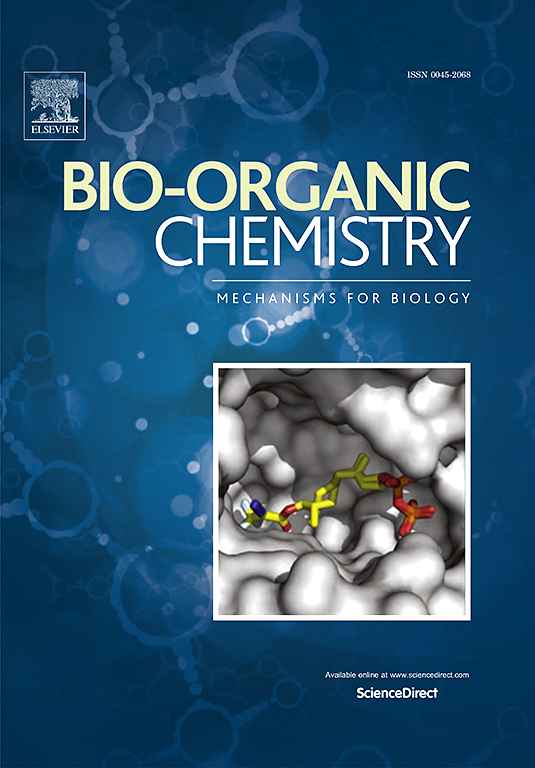Acetylshikonin induces cell necroptosis via mediating mitochondrial function and oxidative stress-regulated signaling in human Oral Cancer cells
IF 4.5
2区 医学
Q1 BIOCHEMISTRY & MOLECULAR BIOLOGY
引用次数: 0
Abstract
Human oral squamous cell carcinoma (OSCC) represents a significant global health challenge, with conventional treatments showing limited efficacy in improving patient survival rates. To investigate the therapeutic potential of acetylshikonin on OSCC, we conducted comprehensive analyses including cell viability assays, flow cytometry, and molecular pathway investigations. Our findings demonstrate that acetylshikonin significantly inhibits OSCC cell proliferation with IC50 values of 3.81 μM and 5.87 μM in HSC3 and SCC4 cells respectively. Flow cytometry analysis revealed that acetylshikonin treatment significantly increased reactive oxygen species (ROS) production and decreased mitochondrial membrane potential in OSCC cells. Additionally, Western blot analysis showed enhanced phosphorylation of RIPK1, RIPK3, and MLKL proteins, indicating activation of the necroptotic pathway. The critical role of necroptosis was further confirmed using specific inhibitors (GSK872, Necrostatin-1, and 7-CL-O Nec-1), which significantly attenuated acetylshikonin-induced cell death. Transmission electron microscopy revealed distinct ultrastructural changes in cellular organelles, while decreased GPX4 expression suggested potential cross-activation of ferroptotic pathways. These data demonstrate that acetylshikonin suppresses OSCC growth through selective activation of oxidative stress-mediated necroptosis and mitochondrial dysfunction, identifying it as a promising natural compound for OSCC therapy through its ability to activate alternative cell death pathways and overcome traditional therapy limitations.

求助全文
约1分钟内获得全文
求助全文
来源期刊

Bioorganic Chemistry
生物-生化与分子生物学
CiteScore
9.70
自引率
3.90%
发文量
679
审稿时长
31 days
期刊介绍:
Bioorganic Chemistry publishes research that addresses biological questions at the molecular level, using organic chemistry and principles of physical organic chemistry. The scope of the journal covers a range of topics at the organic chemistry-biology interface, including: enzyme catalysis, biotransformation and enzyme inhibition; nucleic acids chemistry; medicinal chemistry; natural product chemistry, natural product synthesis and natural product biosynthesis; antimicrobial agents; lipid and peptide chemistry; biophysical chemistry; biological probes; bio-orthogonal chemistry and biomimetic chemistry.
For manuscripts dealing with synthetic bioactive compounds, the Journal requires that the molecular target of the compounds described must be known, and must be demonstrated experimentally in the manuscript. For studies involving natural products, if the molecular target is unknown, some data beyond simple cell-based toxicity studies to provide insight into the mechanism of action is required. Studies supported by molecular docking are welcome, but must be supported by experimental data. The Journal does not consider manuscripts that are purely theoretical or computational in nature.
The Journal publishes regular articles, short communications and reviews. Reviews are normally invited by Editors or Editorial Board members. Authors of unsolicited reviews should first contact an Editor or Editorial Board member to determine whether the proposed article is within the scope of the Journal.
 求助内容:
求助内容: 应助结果提醒方式:
应助结果提醒方式:


